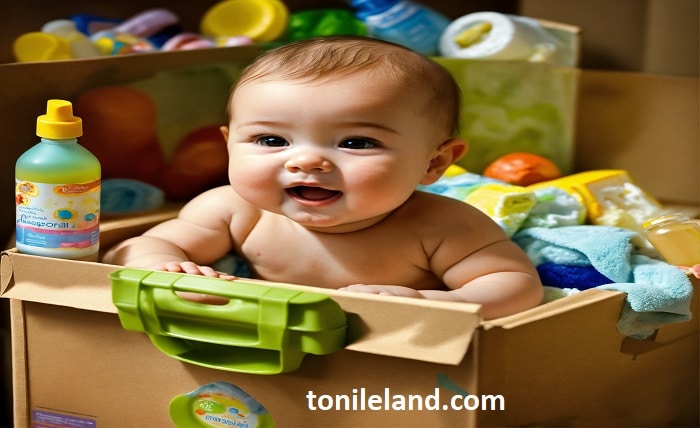Busy Boxes: Fun and Learning at Your Toddler’s Fingertips

Feeling overwhelmed by scattered toys and a constant need to entertain your little one? Enter the magical world of busy boxes! These DIY activity kits are lifesavers for parents, offering a fun and educational way to keep toddlers engaged and learning independently.
What is a Busy Box?
A busy box, also known as a quiet box or play tray, is a container filled with engaging activities specifically designed for toddlers. These activities can be anything from sensory play items to puzzles and sorting games. The key is to create a self-contained experience that allows your child to explore, learn, and play independently.
The Benefits of Busy Boxes
Encourages Independent Play: Busy boxes allow toddlers to explore and play on their own, fostering a sense of autonomy and accomplishment.
Boosts Development: These activities can help develop fine motor skills, problem-solving abilities, creativity, and sensory processing.
Reduces Screen Time: Busy boxes provide a fun and engaging alternative to screen-based entertainment.
Sparks Curiosity: The variety of activities in a busy box can pique your toddler’s curiosity and encourage them to learn more about the world around them.
Provides Quiet Time: Busy boxes can offer a much-needed break for parents while still keeping their little ones entertained.
Creating Your Own Busy Box
The beauty of busy boxes lies in their customization. You can use any container you have around the house, like a shoebox or plastic bin. Here are some ideas to get you started:
Sensory Play: Fill a box with crinkly paper, beans, or water beads for a fun tactile experience.
Sorting and Matching: Include colorful pom poms or buttons to be sorted by color or size.
Fine Motor Skills: Add tongs, clothespins, or lacing toys to help develop dexterity.
Arts and Crafts: Pack crayons, paper scraps, and safe crafting materials for creative exploration.
Learning Activities: Include puzzles, picture matching games, or simple counting toys.
Busy Box Essentials
While the contents can be customized, here are some general essentials to consider for your busy box:
Variety of Textures: Include items with different textures to engage your toddler’s sense of touch.
Safe and Durable Items: Ensure everything in the box is safe for your child to explore and put in their mouth.
Easy Clean-Up: Choose items that are easy for your toddler to put away themselves, promoting independence.
Busy Box Inspiration
Feeling uninspired? No worries! There are countless resources online and in parenting magazines for busy box ideas. You can also find pre-made busy boxes for purchase, although creating your own allows for personalization and budget-friendly fun.
Conclusion
Busy boxes are a fantastic way to keep your toddler entertained, engaged, and learning. With a little creativity and planning, you can create a world of fun and exploration right at your child’s fingertips. So, grab a box, gather some interesting items, and get ready for some busy box magic!
FAQ
- Q: How old are busy boxes good for?
A: Busy boxes are generally ideal for toddlers between 1 and 3 years old. However, you can adapt the activities to suit your child’s age and developmental stage.
- Q: How long will my toddler play with a busy box?
A: The length of time your toddler plays with a busy box will depend on their individual attention span and the complexity of the activities. It’s a good idea to rotate busy boxes regularly to keep things fresh and exciting.
- Q: Do I need to supervise my child while playing with a busy box?
A: Busy boxes should be safe for independent play. However, it’s always a good idea to keep an eye on your child, especially if they are new to the concept.




